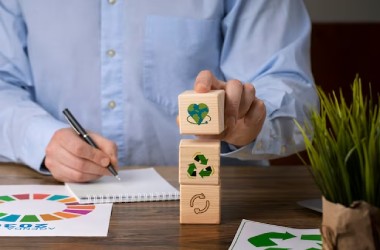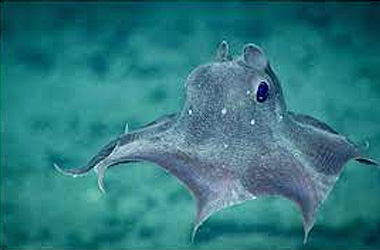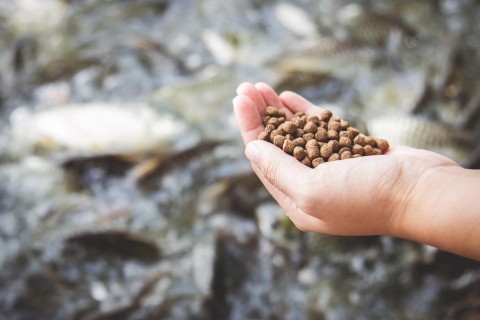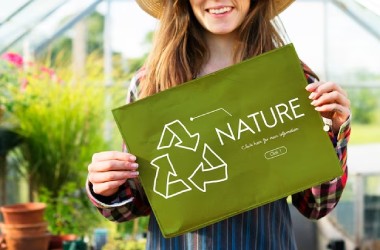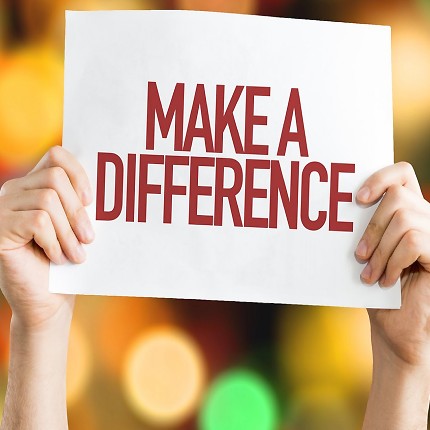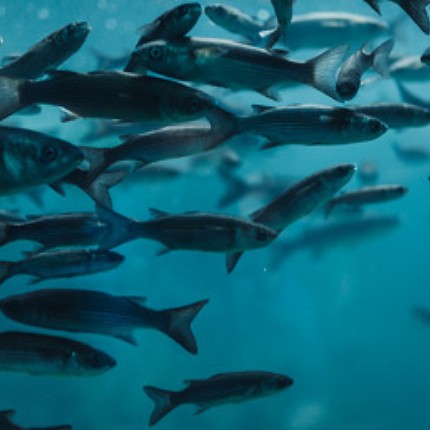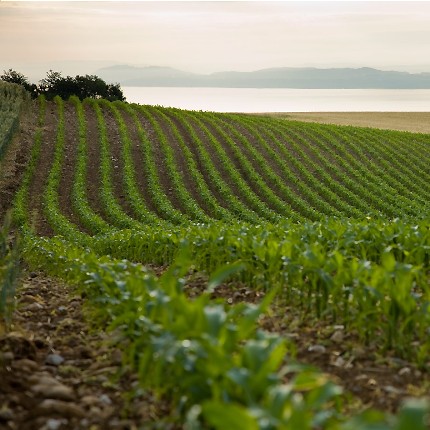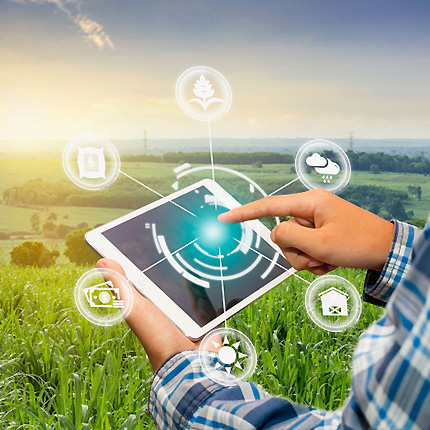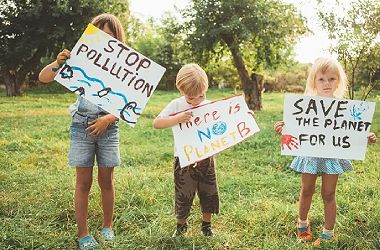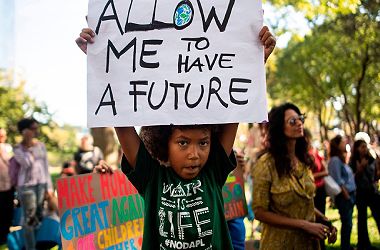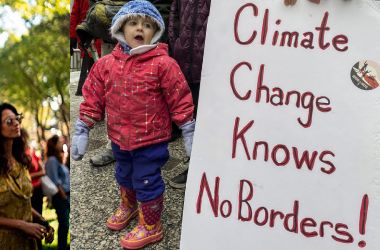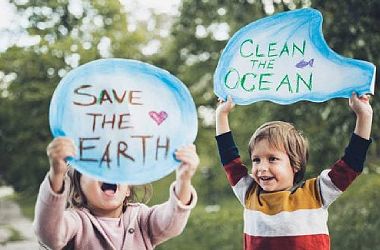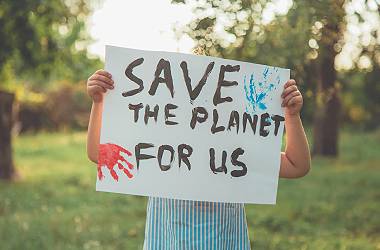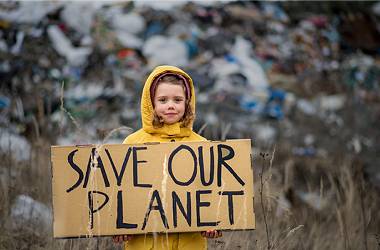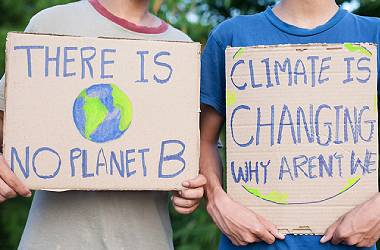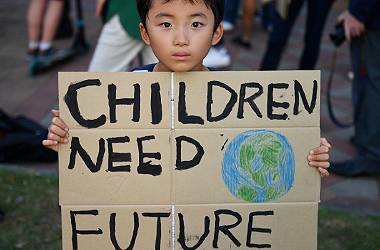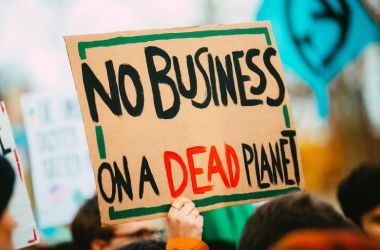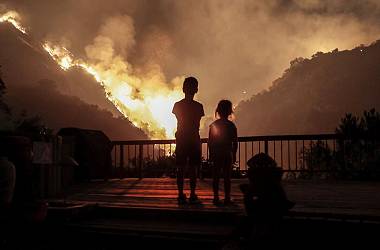Double Trouble: Can We Feed the World Without Destroying It?
Closing the projected 56% food gap by 2050, which translates to feeding an additional 3 billion people, requires effective resource allocation, enhanced productivity, and a critical focus on sustainable practices.
Intensification of some existing practices in agriculture and aquaculture raises concerns about ecosystem disturbances. These include land-use change (converting natural areas to farmland), increased water and resource consumption (fertilizers, pesticides), soil erosion, biodiversity loss, and deforestation. This scenario emphasizes the need to innovate food production techniques for sustainable food security.
Increasing production without ecological sustainability supervision or guidance can lead to harmful or unethical aquaculture and agriculture practices.
Population growth, food demand, reliance on resource-intensive practices, and ecological degradation are interconnected. Addressing this complex interplay requires strategic solutions that ensure food security for a growing population while protecting our planet's resources for future generations.
Feeding a Warming Planet: The Complexities of Sustainable Protein
Feeding a Warming Planet: The efficient nature of fish production compared to terrestrial animals due to factors like a favorable Feed Conversion Ratio (FCR) and a smaller environmental footprint underscores the crucial role of fish in reducing greenhouse gas (GHG) emissions and lessening the overall ecological impact of food systems. However, this efficiency is intertwined with several critical challenges:
Less efficiency + more environmental footprint = more damage to natural carbon sinks. More farms = more pollution, impacting the capacity of natural carbon sinks to sequester carbon, leading to a harmful cycle of increased emissions, more significant strain on natural resources, reduced biodiversity, heightened global warming, amplified climate change, and non-compliance with international agreements like the Paris Agreement, food insecurity, and adverse effects on agricultural productivity.
Agriculture's Environmental Impact: The significant environmental footprint of agriculture, utilizing 40% of the Earth's land surface and 70% of freshwater consumption, indicates the intense strain on natural resources. Intensive agricultural practices contribute to land degradation, water scarcity, and biodiversity loss, exacerbating ecological challenges and sustainability concerns.
Climate Change Implications: The current 22 - 24% emissions from agriculture are projected to aggravate challenges in meeting international climate agreements like the Paris Agreement. With unavoidable climate hazards looming, exceeding warming thresholds can lead to severe and irreversible impacts, posing threats to human well-being, planetary health, and the adaptability of regions facing the brunt of climate change effects.
Productivity and Environmental Consequences: As climate change intensifies, agricultural productivity is adversely affected, leading to increased reliance on fertilizers, soil degradation, desertification, eutrophication, dead zones in water bodies, acidification of oceans, and the loss of biodiversity. These cascading effects further underscore the urgency of addressing climate change and its intersection with agricultural practices to ensure global food security and environmental sustainability.
Agriculture's Environmental Impact: The significant environmental footprint of agriculture, utilizing 40% of the Earth's land surface and 70% of freshwater consumption, indicates the intense strain on natural resources. Intensive agricultural practices contribute to land degradation, water scarcity, and biodiversity loss, exacerbating ecological challenges and sustainability concerns.
Fishing or Farming? The Sustainability Dilemma of Seafood Sourcing
-
Overfishing Impact: Seafood sourcing primarily involves fisheries and aquaculture. Overfishing and ocean depletion have heightened the reliance on aquaculture to satisfy the increasing demand for seafood, which is expected to double by 2050. However, aquaculture relies heavily on inputs like fish meal and fish oil, exacerbating overfishing and bycatch issues.
-
Sustainable Sourcing Challenges: Balancing the necessity to reduce fishing efforts by 5% annually to facilitate aquatic fauna recovery with the imperative to sustain seafood production poses significant challenges. Achieving the required growth without perpetuating overfishing, bycatch incidents, and biodiversity depletion remains a complex and precarious task in the seafood industry.
Expanding Aquaculture vs. Limited Freshwater Supplies
Aquaculture production, divided into 62.17% in inland (mostly fresh waters) and 37.83% in marine waters, grapples with a significant challenge due to the scarcity of available freshwater. Only 3% of the Earth's water is fresh, most trapped in ice or too polluted to use. Global's extensive water reserve is chiefly saline, with oceans holding 97% of the globe's water. A mere 3% of Earth's water is fresh, with less than 1% readily available for the 7.9 billion+ people on the planet to drink, irrigate our land, and use in industries.
Meeting the growing demand for food presents a complex challenge. To address a projected 56% increase in food production by 2050, including industrial agriculture, we face the challenge of balancing this need with the limitations of scarce freshwater resources. Aquaculture, targeted to double by 2050, relies heavily on freshwater, and potential polluting runoffs from intensified agriculture and aquaculture expansion further complicate the issue. This clash between the imperative to boost food production and the limited freshwater resources crucial for both sectors underscores the environmental sustainability challenges we must address.
Farmed Fish Production Must More than Double by 2050. Can we achieve this level of aquaculture expansion while respecting environmental limits and adhering to international agreements like the Paris Agreement, which aims to curb global warming?
Challenges for Aquaculture Expansion:
- To fill the gap created by overfishing and declining wild fish populations, aquaculture production must grow 100% (double) by 2050. However, this ambitious goal faces the reality of limited freshwater resources crucial for its operations.
- The heavy reliance on freshwater in food production, particularly in agriculture and aquaculture, confronts constraints from limited availability, necessitating an ecologically sustainable scaling of aquaculture and agriculture while ensuring water resource preservation.
Environmental Impact:
Balancing aquaculture growth with environmental preservation, particularly regarding freshwater, is critical for human existence and ecosystem balance. Efficient water management and conservation practices are imperative to address the challenge, reflecting the necessity for sustainable aquaculture techniques that minimize freshwater consumption for long-term viability.
Innovation for a Blue Future: Rethinking Aquaculture Feed Sources
The transition from fishmeal and fish oil to plant-based inputs in aquaculture diets presents a complex challenge with significant environmental repercussions.
Can we develop alternative, truly sustainable feed sources that meet farmed fish's nutritional needs without exacerbating the environmental damage caused by industrialized agriculture?
Environmental Footprint Impact
Aquaculture endeavors to substitute traditional fishmeal and fish oil in feeds with plant-based ingredients like soy, corn, wheat, or palm oil. However, the operational practices of aquaculture, whether intensive, superintensive, or even those labeled as sustainable or responsible, are often intertwined with industrialized agriculture, which can trigger adverse environmental ramifications. It's important to distinguish between these labels and organic aquaculture.
While sustainable or responsible aquaculture aims to minimize environmental impact, it may still rely on conventional or industrilized agricultural practices for feed production. Organic aquaculture, however, adheres to stricter regulations and uses organic ingredients to produce fish feed, following organic farming principles. This eliminates hormones, GMOs, synthetic pesticides, and fertilizers, promoting biodiversity and soil health. Combining organic aquaculture with organic agriculture can protect aquatic and terrestrial ecosystems (natural carbon sinks). This will reduce GHG emissions, help buffer temperature extremes, and sequester carbon.
Greenhouse Gas Emissions Concerns: The agriculture sector is already accountable for 22- 24% of global emissions, intensifying challenges to comply with sustainability agreements like the Paris Agreement. The impending multiple climate hazards due to a projected global warming of 1.5°C (2.7°F) over the next two decades underscore the urgent need for climate action to avert irreversible environmental impacts. Exceeding critical warming thresholds poses substantial threats to human health and well-being, rendering adaptation to climate shifts exceptionally challenging in many regions.
Reduced Agricultural Productivity: The amplifying impacts of climate change on agriculture, leading to heightened reliance on fertilizers, soil degradation, desertification, eutrophication, dead zones in water bodies, and acidification of the ocean, culminating in a biodiversity decline and reduced fish populations. These detrimental environmental outcomes not only jeopardize agriculture productivity but also exacerbate food insecurity and intensify the effects of climate change on the planet.
Disclaimer: Bridging the Gap for Organic Food Production
At Organigogo, we deeply respect all food producers – fishers, aquaculturists, and farmers. We understand your challenges (we already and still face them) and your vital role in feeding communities. Our mission is not to criticize existing methods but to bridge the gap towards more ecologically sustainable practices.
The Urgency of Change:
Climate change and environmental degradation pose a severe threat to our planet. While crucial for food security, current food production practices can contribute to these challenges. Ecological aquaculture linked to organic agriculture offers a promising path forward, but we recognize that a complete shift is unrealistic.
Building Bridges, Not Walls:
Currently, our goal is to complement existing methods, not replace them. We understand the complexities and difficulties involved in changing production methods. Many producers, especially those labeled as regenerative or sustainable, are already taking admirable steps to minimize their environmental impact.
Supporting Innovation and Collaboration
Organigogo offers support and collaboration, not criticism. We are here to help producers explore ecological alternatives. We believe that by working together, fishers, aquaculturists, farmers, and organizations like ours can achieve a more sustainable future for food production.
Our Commitment:
Organigogo is built on a foundation of empathy and understanding. Some of our team members come from aquafarming and agriculture backgrounds, and we share your firsthand experience with food production challenges. We are on this journey together, offering knowledge, resources, and technology to help create a positive impact.

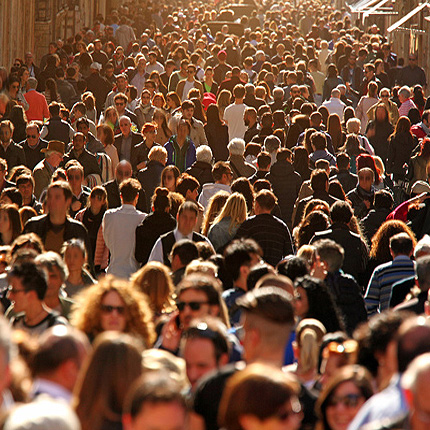
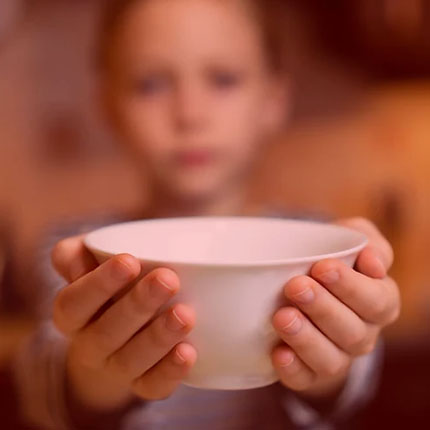
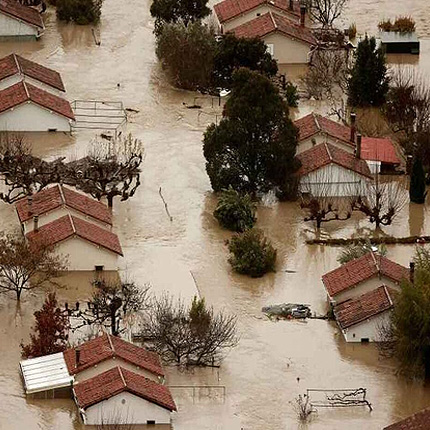
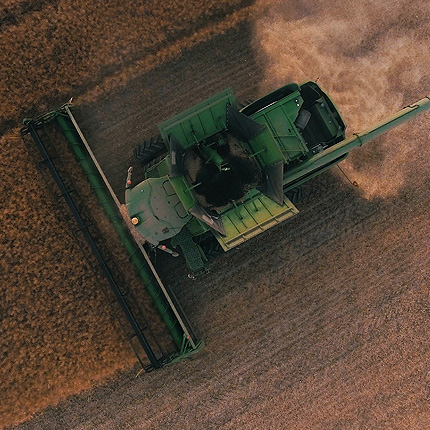
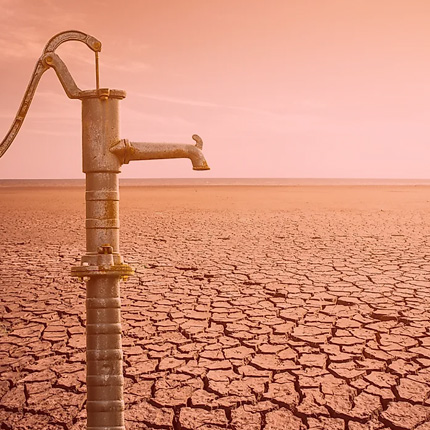
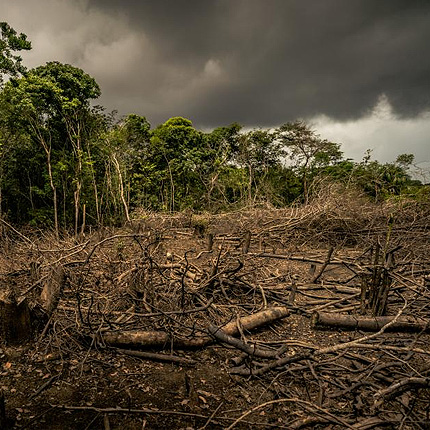



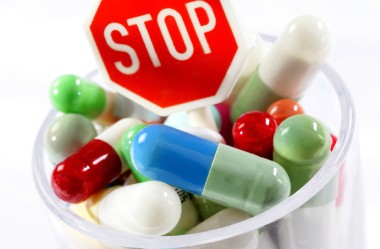
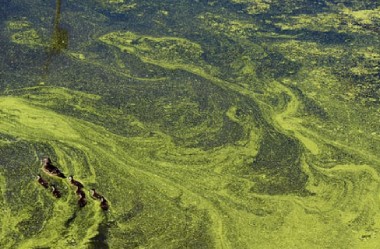
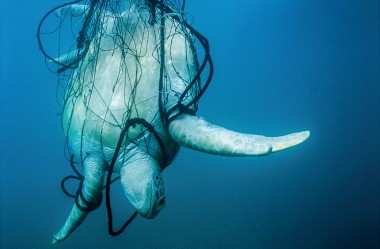
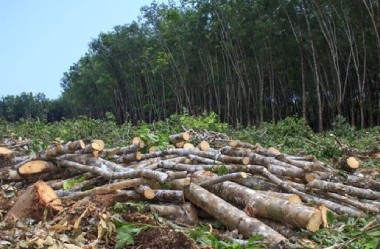
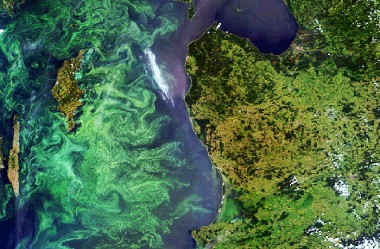
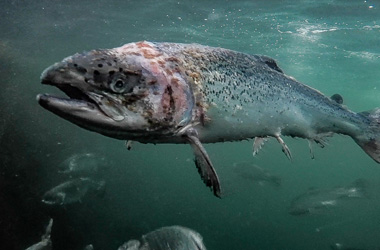
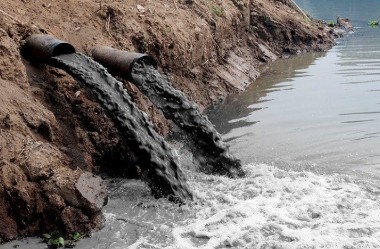
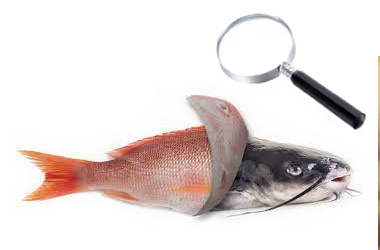
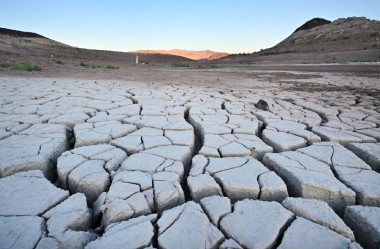
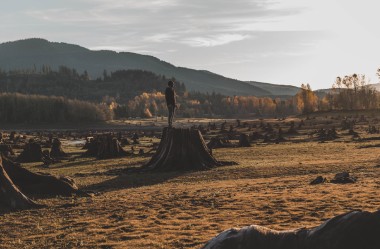
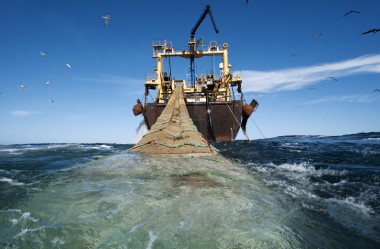
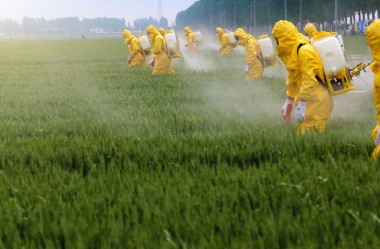
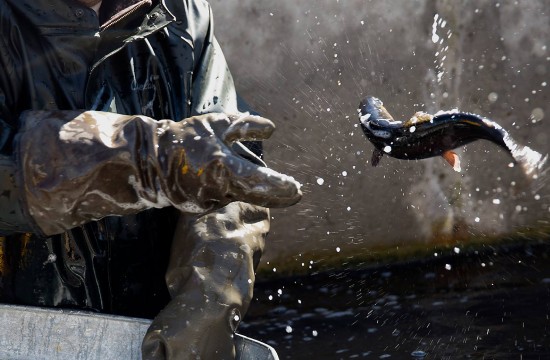
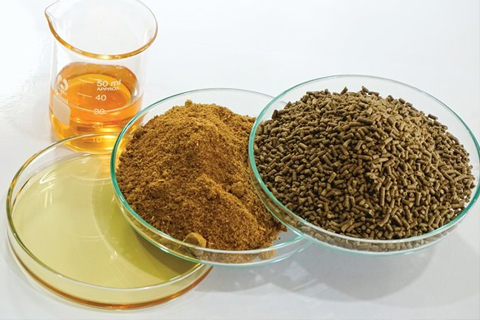

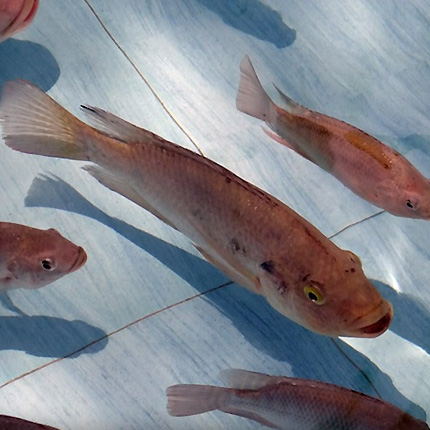
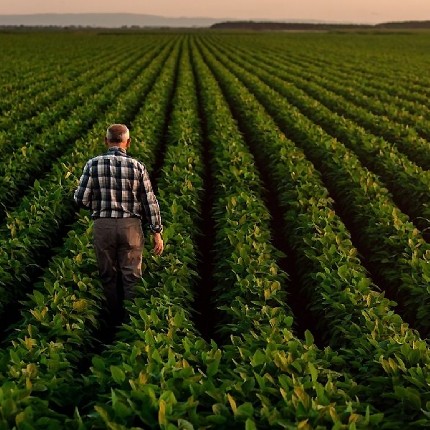
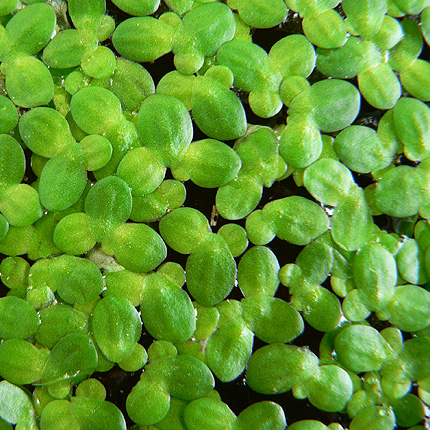
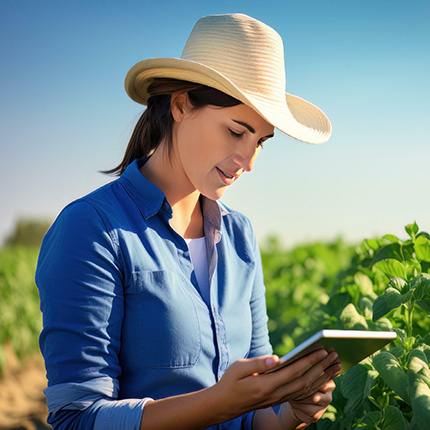
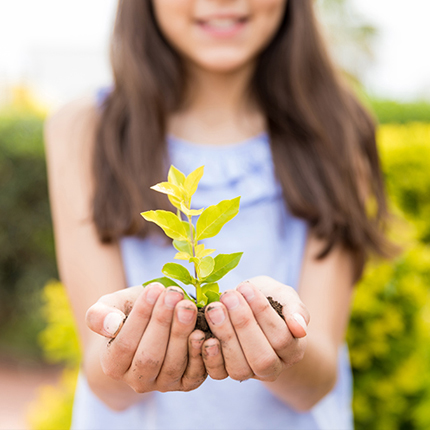
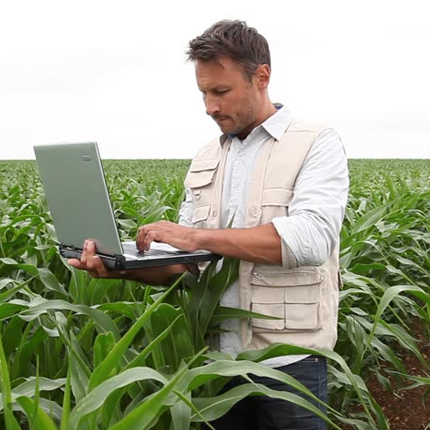
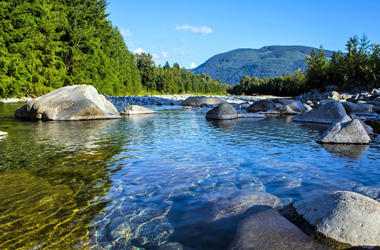
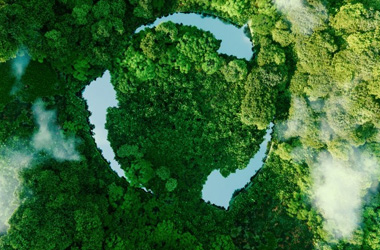
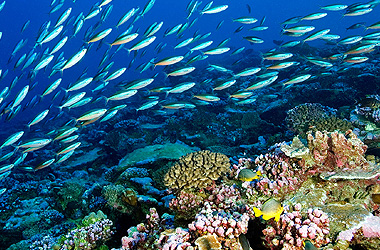
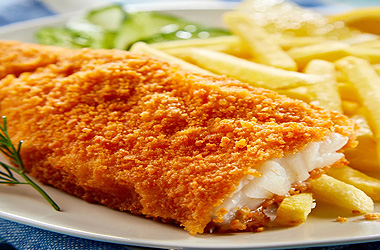
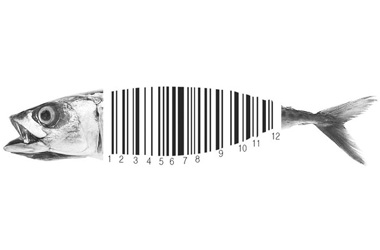
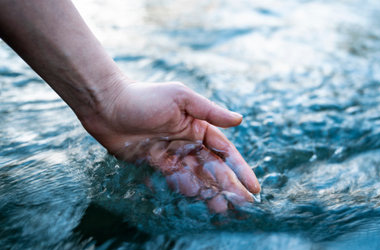
.jpg)
